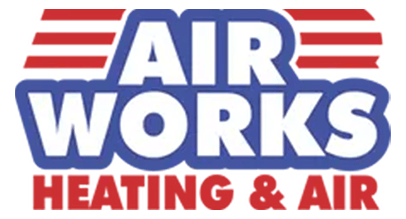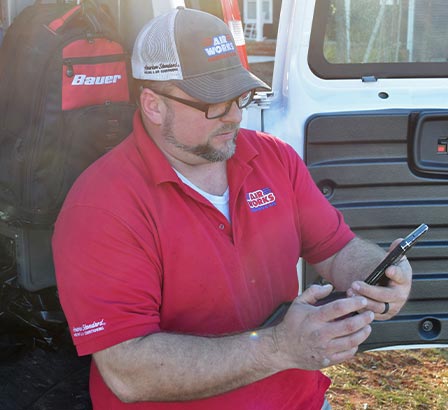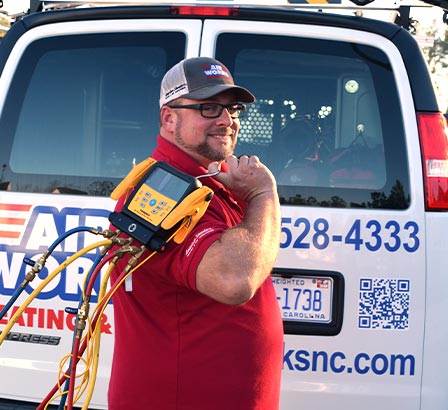What Heating and Cooling Contractors Keep in Their Fully Stocked Trucks
When homeowners schedule heating or air conditioner repairs, they need technicians to arrive prepared to handle the job. They must bring a fully stocked truck or van to every heater or AC repair, tune-up, and installation. Having the right tools on hand benefits the heating and cooling technicians – as they won’t need to leave to get different tools or equipment – but it’s more convenient for homeowners, too, as it won’t prolong the service waiting for them to get the needed tools. Learn about some of the essential hand tools, safety equipment, and specialized tools HVAC contractors must have in their trucks to prepare them for heating and air conditioning services.
Hand Tools
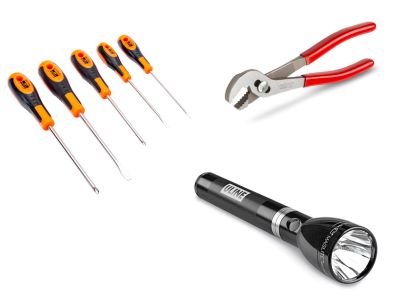 The most common tools heating and cooling contractors need are hand tools. These include some tools homeowners likely have around their houses. All HVAC technicians should come to each job with a complete stock of hand tools, including screwdrivers, flashlights, wrenches, pliers, tape measurers, cutters, etc.
The most common tools heating and cooling contractors need are hand tools. These include some tools homeowners likely have around their houses. All HVAC technicians should come to each job with a complete stock of hand tools, including screwdrivers, flashlights, wrenches, pliers, tape measurers, cutters, etc.
Screwdrivers and flashlights are two of the most used tools. Technicians need screwdrivers to remove and replace screws in thermostats, air conditioning, and heating systems. Flashlights are also commonly used to take a closer look at a unit – especially some hard-to-see places like the ductwork.
Technicians need tape measurers and cutters during installations. They must ensure the new unit will fit the allotted space and often require a tape measure to verify it. They may need cutters to add or remove pipes connected to the system. Pliers are often used when working with the wiring. They may need it to bend, cut, or strip wires.
Safety Equipment
AC contractors and heating technicians must be extremely careful when working with cooling and heating systems. Air conditioners and furnaces can contain dangerous chemicals, such as refrigerants like Freon, and gasses – like carbon monoxide and natural gas. Exposure can pose serious health risks if any of these are ingested or get into their eyes or on their skin.
To avoid the risks associated with working on HVAC systems, technicians bring safety equipment such as:
- Gloves: Gloves can protect their hands when working with dangerous substances and prevent injuries from sharp parts.
- Masks: Contractors must ensure they don’t breathe in dangerous gasses or debris, and masks can provide the needed protection.
- Goggles: Goggles protect an HVAC technician’s eyes.
- Boots: Sturdy boots are essential to prevent slipping, provide traction, and avoid injury.
Specialized Equipment
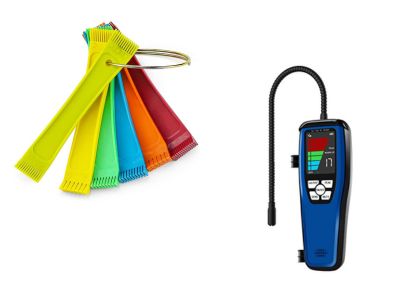 When there are problems with an air conditioner or furnace, technicians may also need specialized tools and equipment to make repairs quickly and accurately. Some of the commonly used specialized HVAC tools are:
When there are problems with an air conditioner or furnace, technicians may also need specialized tools and equipment to make repairs quickly and accurately. Some of the commonly used specialized HVAC tools are:
- Coil Fin Straighteners: A professional might use these tools to remove debris and straighten bent fins when performing AC condenser coil cleanings or AC maintenance.
- Thermometer: Pros often carry a portable digital thermometer. This can help them determine the temperature of the air an air conditioner or furnace is producing.
- Leak Detectors: These devices help technicians determine if the refrigerant is leaking.
- Psychrometer: This tool helps contractors measure the relative humidity.
About Air Works Heating & Air
Air Works Heating & Air is a family-owned and operated company serving Franklinton, NC, and the surrounding areas since 2007. They provide flat rate pricing, on-time arrival, and financing. Call them today for heating and air conditioning services in Franklinton, NC.
